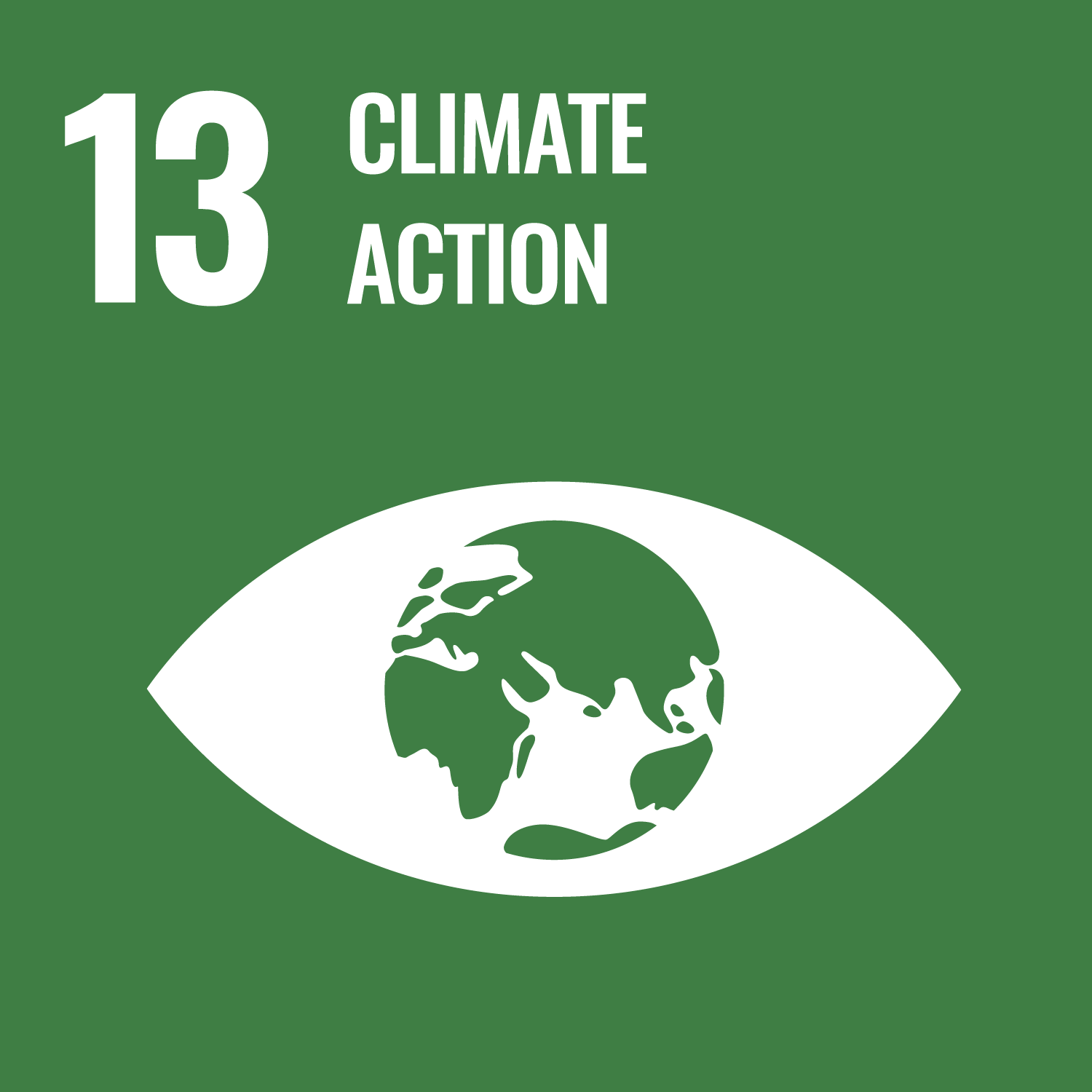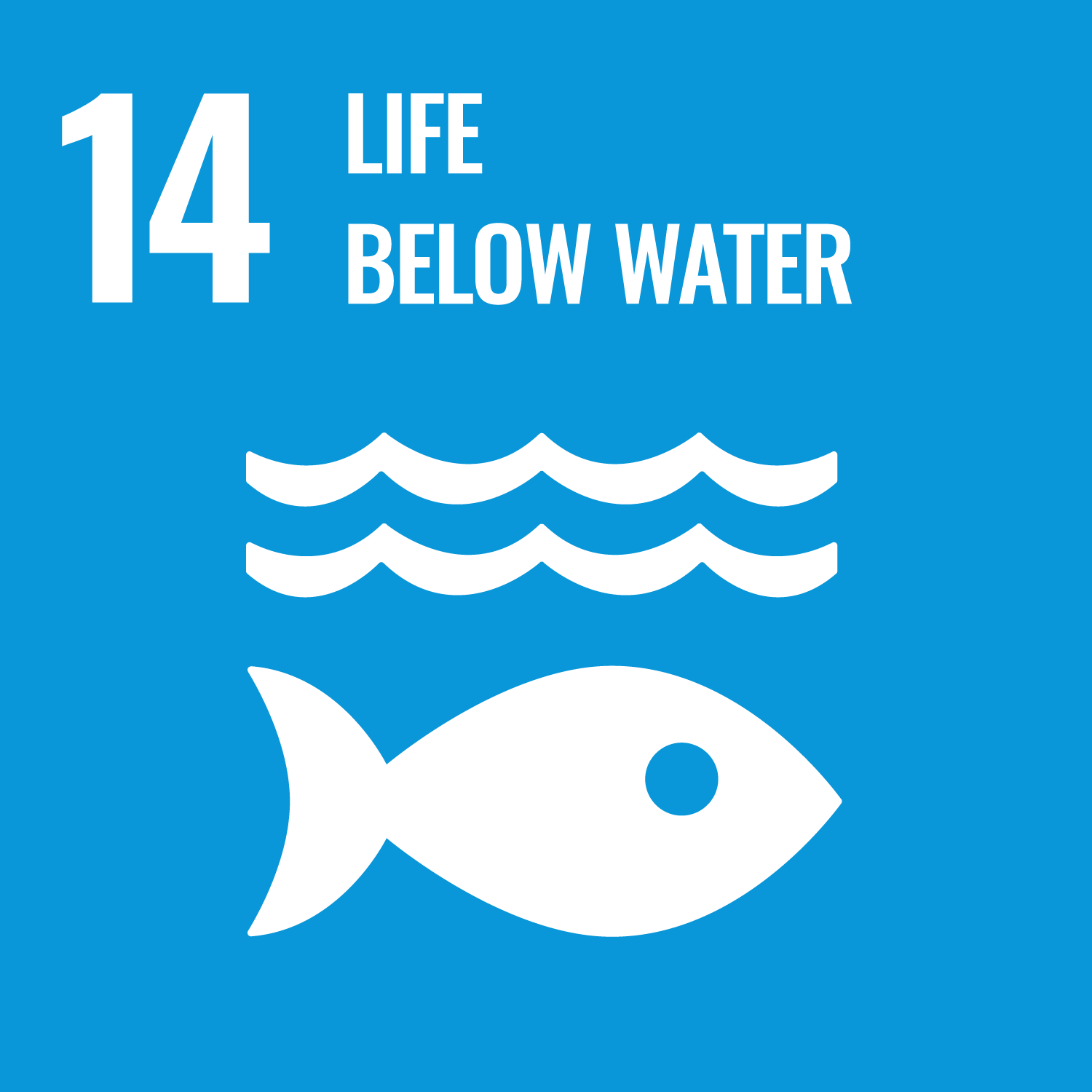Graves, C.A., Benson, L., Aldridge, J. et al. (13 more authors) (2022) Sedimentary carbon on the continental shelf: Emerging capabilities and research priorities for Blue Carbon. Frontiers in Marine Science, 9. 926215. ISSN 2296-7745
Abstract
Continental shelf sediments store large amounts of organic carbon. Protecting this carbon from release back into the marine system and managing the marine environment to maximize its rate of accumulation could both play a role in mitigating climate change. For these reasons, in the context of an expanding “Blue Carbon” concept, research interest in the quantity and vulnerability of carbon stored in continental shelf, slope, and deep ocean sediments is increasing. In these systems, carbon storage is physically distant from carbon sources, altered between source and sink, and disturbed by anthropogenic activities. The methodological approaches needed to obtain the evidence to assess shelf sea sediment carbon manageability and vulnerability within an evolving blue carbon framework cannot be transferred directly from those applied in coastal vegetated “traditional” blue carbon habitats. We present a toolbox of methods which can be applied in marine sediments to provide the evidence needed to establish where and when marine carbon in offshore sediments can contribute to climate mitigation, focusing on continental shelf sediments. These methods are discussed in the context of the marine carbon cycle and how they provide evidence on: (i) stock: how much carbon is there and how is it distributed? (ii) accumulation: how rapidly is carbon being added or removed? and (iii) anthropogenic pressures: is carbon stock and/or accumulation vulnerable to manageable human activities? Our toolbox provides a starting point to inform choice of techniques for future studies alongside consideration of their specific research questions and available resources. Where possible, a stepwise approach to analyses should be applied in which initial parameters are analysed to inform which samples, if any, will provide information of interest from more resource-intensive analyses. As studies increasingly address the knowledge gaps around continental shelf carbon stocks and accumulation – through both sampling and modelling – the management of this carbon with respect to human pressures will become the key question for understanding where it fits within the blue carbon framework and within the climate mitigation discourse.
Metadata
| Item Type: | Article |
|---|---|
| Authors/Creators: |
|
| Copyright, Publisher and Additional Information: | © 2022 Graves, Benson, Aldridge, Austin, Dal Molin, Fonseca, Hicks, Hynes, Kröger, Lamb, Mason, Powell, Smeaton, Wexler, Woulds and Parker. This is an open-access article distributed under the terms of the Creative Commons Attribution License (CC BY). The use, distribution or reproduction in other forums is permitted, provided the original author(s) and the copyright owner(s) are credited and that the original publication in this journal is cited, in accordance with accepted academic practice. No use, distribution or reproduction is permitted which does not comply with these terms. |
| Keywords: | particulate organic carbon (POC); marine sediment analysis; carbon stock; carbon sequestration; carbon provenance; carbon vulnerability; carbon management |
| Dates: |
|
| Institution: | The University of Leeds |
| Academic Units: | The University of Leeds > Faculty of Environment (Leeds) > School of Geography (Leeds) > River Basin Processes & Management (Leeds) |
| Depositing User: | Symplectic Publications |
| Date Deposited: | 09 Sep 2024 14:41 |
| Last Modified: | 09 Sep 2024 14:41 |
| Status: | Published |
| Publisher: | Frontiers Media |
| Identification Number: | 10.3389/fmars.2022.926215 |
| Sustainable Development Goals: | |
| Open Archives Initiative ID (OAI ID): | oai:eprints.whiterose.ac.uk:216882 |



 CORE (COnnecting REpositories)
CORE (COnnecting REpositories) CORE (COnnecting REpositories)
CORE (COnnecting REpositories)